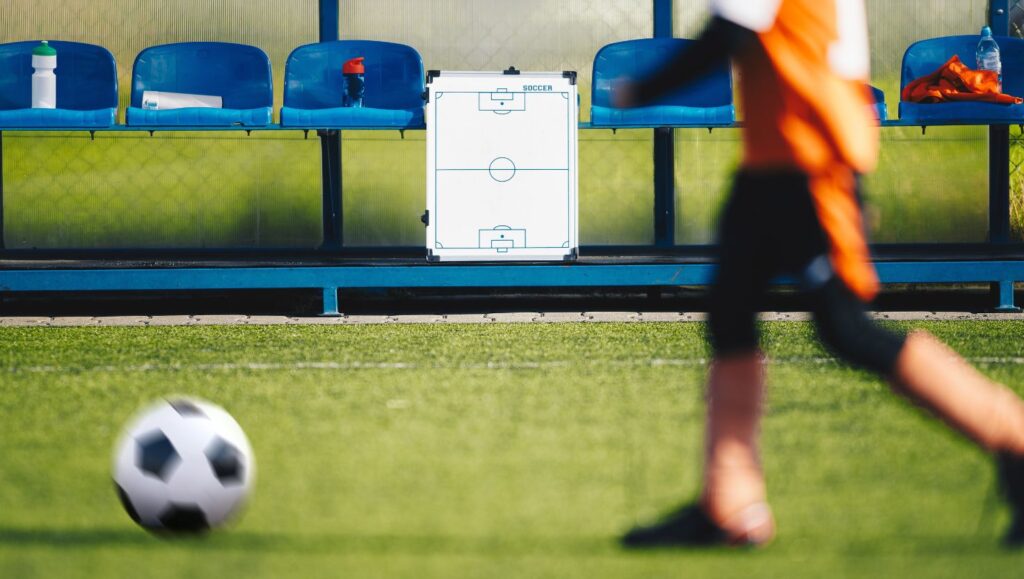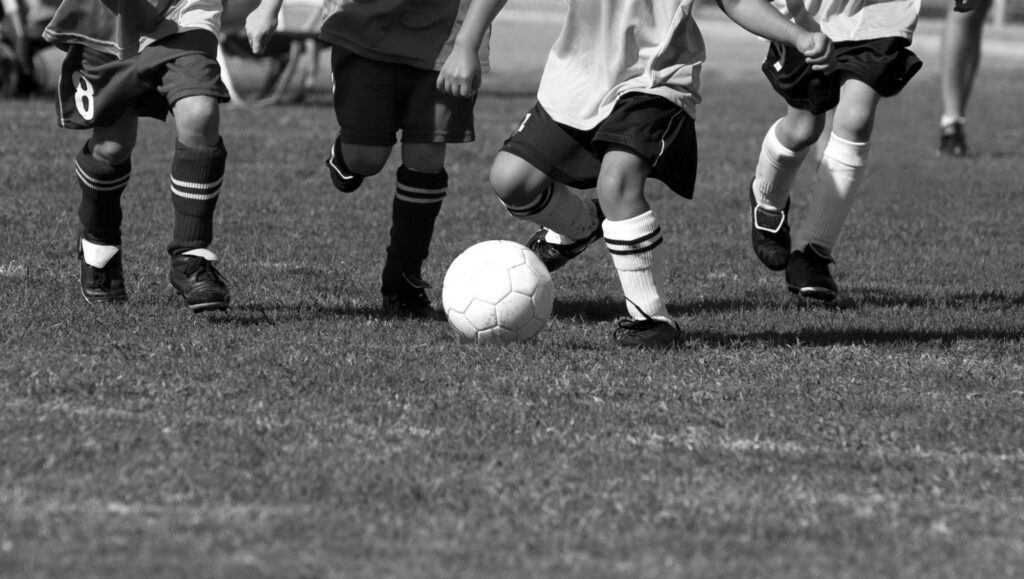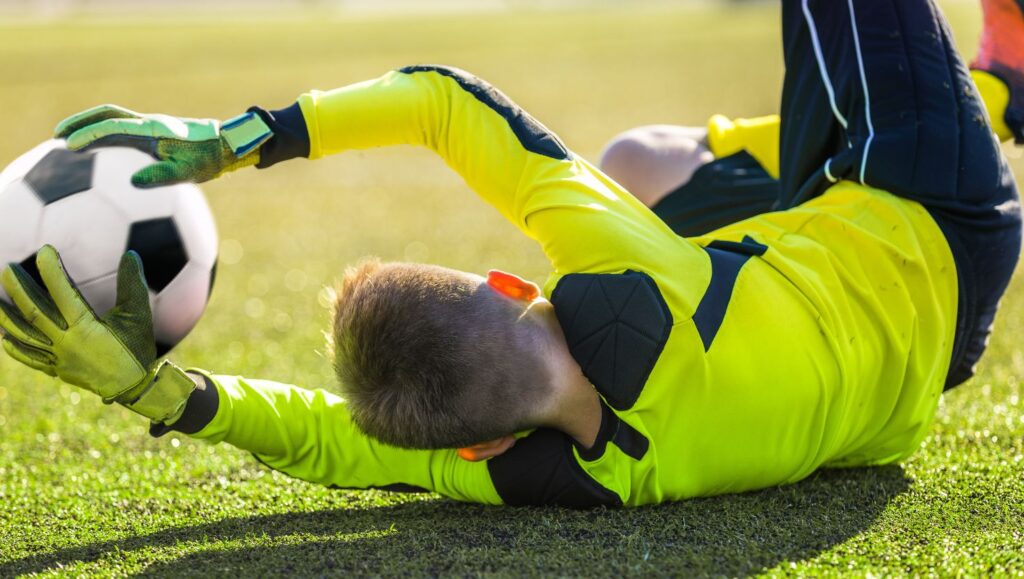Street football isn’t just a game—and it’s not where future stars just kill time. It’s the crucible where raw talent meets grit, creativity, and passion, igniting the magic that transforms ordinary kids into soccer legends. From the narrow alleys of Rio’s favelas to the concrete courts of Lagos and the urban playgrounds of Barcelona, street football has forged some of the most dazzling and unorthodox players the sport has ever seen. The improvisation, tight spaces, and constant battle against adversity breed a unique style of play that echoes through stadiums worldwide, where those street-born skills captivate millions.
Brands like Nike, Adidas, and Puma have long recognized the cultural power of street football, sponsoring grassroots tournaments and turning playground flair into global marketing phenomena. But beyond the hype, the true impact of street football runs much deeper. It molds not only technique but also mindset—resilience, inventiveness, and an unshakable love for the beautiful game. These qualities have been the secret ingredients for stars like Ronaldinho, Neymar, and countless others who started chasing their dreams barefoot, dodging cars, and inventing tricks just to keep a match alive.
As the official pitches and plush stadiums become the final act of a story that began on cracked concrete, it’s impossible to ignore how this grassroots culture continues to influence football’s global pulse. Whether it’s mastering those lightning-quick dribbles in tight spaces or elevating the flair that sparks stadium-wide gasps, street football shapes the game’s heartbeat.

Why Street Football’s Unique Playing Conditions Breed Soccer Superstars
Street football environments are unlike professional pitches—uneven surfaces, no lines, limited space, and often no goalposts. This chaotic set-up demands that players adapt quickly, sharpening skills that standard training grounds can’t replicate. The lack of formal rules encourages inventiveness, improvisation, and rapid decision-making. Players learn to master ball control and creativity when under pressure.
Take Ronaldinho, whose dazzling feints and freestyle tricks echo the freedom and unpredictability of street football in Porto Alegre, Brazil. Or Neymar, raised in the sprawling favelas, whose aggressive dribbling and silky touches emerged from years spent maneuvering in tight, obstacle-filled surroundings. These players developed an almost magical close control and quick feet because, on the streets, a single misstep means losing the ball—and the game.
The Key Qualities Developed in Street Football
- Improvisation: No referees or strict rules mean players must invent on the fly.
- Close Quarters Dribbling: Limited space pushes skills in tight control and quick turns.
- Physical Toughness: Rough surfaces and tough opponents build resilience and endurance.
- Creativity: Players experiment with tricks and flicks, cultivating personal style.
- Game Intelligence: Street football demands rapid tactical thinking without coaches shouting orders.
The intense focus on skill at close range has a natural flow into professional football’s demands. Many street footballers transition smoothly into futsal, a smaller-scale indoor football variant, which itself is a breeding ground for stars. The link between street football, futsal, and stadium football is a pipeline that’s shaped the game globally.
| Skill | Street Football Development | Impact on Professional Play |
|---|---|---|
| Dribbling | Mastering controlling the ball in crowded, uneven spaces | Enables elite close control and one-on-one duels |
| Creativity | Freedom to improvise new moves during informal matches | Leads to unpredictable and exciting flair on the pitch |
| Physicality | Playing on rough surfaces and against tough opponents | Builds endurance and mental toughness |
| Game Awareness | Rapid decision-making without coaches or referees | Sharp tactical understanding and positioning |
These lessons from the street don’t just contribute to individual skills—they shape entire playing philosophies found in clubs with rich street football roots or those who prioritize creative freedom. Want to dive deeper into how this grassroots culture transforms into professional success? Check out insights on football’s cultural roots and fan dynamics.
Iconic Players Who Rose from Street Football to Global Stardom
The path from street football courts to packed stadiums is lined with stories of players who defied odds, poverty, and limited resources. Their gritty beginnings are as vital to their identity as the trophies they hoist today. This section explores some of football’s biggest icons whose street football days were the crucible of their greatness.
Ronaldinho: From Brazilian Alleys to World Cup Glory
Ronaldinho’s flair, trickery, and joie de vivre on the pitch were forged in the narrow streets of Porto Alegre. Playing street football allowed him to experiment with no limits. His signature no-look passes, elastico dribbles, and audacious creativity all have their birthplace in those uninhibited games.
Neymar Jr: The Favela Flair That Stunned the World
Sweetfeet flyer Neymar’s rise is deeply entwined with the favelas’ street football culture. It’s here that his dribbling became almost hypnotic. The attacking verve he showcases at clubs like Paris Saint-Germain echoes the fast-paced, continuously evolving street matches where random challenges forged his battle-ready mentality.
Informal Street Football Alumni Who Made Big on the Global Stage
- Lionel Messi: Though not classically street football, Messi played tight-space futsal and local games that refined his dribbling precision.
- Zlatan Ibrahimović: Grew up playing street football in Malmö, which sculpted his fearless attitude and inventiveness.
- Sadio Mané: Developed his unyielding work rate and agility in the streets of Senegal.
- Paolo Maldini: Early street football shaped his anticipation and ball control in defense.
For fans wanting exclusive stories about these legends beyond the pitch, football hall of fame provides a treasure trove of inspiring backgrounds and career insights. Legendary stadium atmospheres also fuel the passion these stars bring to the game, a topic richly covered at legendary football stadiums.
How Global Brands Elevate Street Football and Its Talents
Companies like Nike, Adidas, Puma, and Reebok have tapped into street football’s vibrant culture to sponsor tournaments, promote social causes, and celebrate unfiltered talent. These brands recognize that the pulse of authentic football rhythm pulses strongest in the streets where players first learn.
Umbro, New Balance, Kappa, Mizuno, Hummel, and Under Armour have similarly vested interests, providing gear that blends performance with street style. Their campaigns don’t just market products—they spotlight stories of perseverance, raw skill, and community upliftment.
Brands Supporting Street Football Culture and Talent
- Tournament Sponsorship: Funding grassroots competitions that give exposure to unknown talents.
- Player Development Programs: Creating academies or support systems for street players moving into pro ranks.
- Marketing Campaigns: Highlighting street football skills in commercials and social media buzz.
- Social Impact Initiatives: Using football to empower disadvantaged youth and promote community cohesion.
Such efforts amplify the reach and respect of street football as a legitimate path to soccer superstardom. For more on how football culture intersects with lifestyle and fashion, readers should explore football fashion influence and revolution, a compelling look at how style and sport intertwine.
| Brand | Street Football Involvement | Notable Programs or Campaigns |
|---|---|---|
| Nike | Hosts grassroots tournaments worldwide | ‘Nike Street Football’ global campaign |
| Adidas | Supports youth academies and street football films | ‘Impossible is Nothing’ focus on creativity |
| Puma | Collaborates with urban artists and players | ‘King of the Streets’ challenge series |
| Reebok | Invests in community-building tournaments | ‘Street Restart’ impact initiatives |
| Umbro | Heritage brand celebrating street culture | Revival of grassroots football |

Street Football’s Lasting Influence on Modern Football Tactics and Styles
Beyond individual talents, street football shapes the very way soccer is played on the highest stages. The emphasis on quick touches, rapid interplay, and unorthodox attacking has seeped into tactical frameworks embraced by top coaches worldwide. It breeds players who thrive under pressure, with quick decision-making and instinctive movements unmatched in traditional academies.
How Street Football Skills Translate into Tactical Advantages
- Small-Sided Games Influence: Clubs increasingly train with small-sided scenarios inspired by street football to enhance player creativity and involvement.
- Flexible Formations: Street players adapt easily to fluid, interchange-heavy systems like 4-3-3 or 3-4-3.
- Press Resistance: Mastery of tight dribbling helps players break heavy pressing lines.
- Set Pieces Creativity: Freestyle moves and tricks from street football invent new approaches to free kicks and penalties.
Familiarity with these influences is a boon for anyone following global tournaments or analyzing teams’ performances. The Copa Libertadores, for instance, showcases South American flair stemming directly from street football heritage — explore more secrets about this competition’s magnetic appeal at Copa Libertadores football secrets.
The cultural impact of street football also ties into fan rituals and traditions seen during matches. For a deeper dive into these passionate expressions, check the rich coverage on football traditions and rituals. Understanding these connections enriches every kick and chant that electrifies stadiums.
| Tactical Element | Rooted in Street Football | Examples in Professional Football |
|---|---|---|
| Improvised Attacking Runs | Players invent runs and passes on the spot | Messi’s diagonal runs breaking lines |
| Quick Passing Chains | Small-space interplay and 1-2s | Barcelona’s tiki-taka style |
| Pressure Breaking Dribbling | Close ball control developed in street play | Neymar beating high press |
How Street Football Inspires Future Generations and Football’s Global Impact
Street football is a universal language and incubator for future stars who often come from underprivileged backgrounds. It represents hope, self-expression, and a ticket out of tough circumstances. This raw, authentic stage is where untold talents still emerge, proving that football’s roots run as deep as its global followers.
As the world keeps changing, the spirit of street football remains a constant, evolving alongside fashion, culture, and technology. Brands like New Balance and Under Armour continue to outfit players from street to stadium, marrying modern performance with streetwise style — a journey intimately linked with the global football fashion influence and lifestyle.
Street Football’s Role in Global Football Development
- Inclusivity: Street football opens doors to those outside organized club systems.
- Cultural Exchange: Moves and styles cross borders through players and fans.
- Community Building: Football-based social programs reduce crime and provide mentorship.
- Talent Discovery: Scouts increasingly monitor street tournaments for hidden gems.
The profound influence of street football goes beyond the game itself. It fuels dreams, influences fan culture, and shapes enduring football rituals globally. To witness how passionate gatherings in stadiums enhance the football experience, visit stadium experiences. Meanwhile, ongoing updates on football breaking news keep fans plugged into the latest global shifts, where street football remains a subtle yet unstoppable force.
| Impact Area | Street Football Role | Long-Term Effect on Football |
|---|---|---|
| Talent Pipeline | Primary training ground for millions worldwide | Ensures constant influx of skilled, creative players |
| Cultural Identity | Represents football’s grassroots and authentic spirit | Strengthens fan loyalty and global unity |
| Innovation | Breeds new tricks, styles, and tactical ideas | Drives evolution of football tactics and entertainment |
